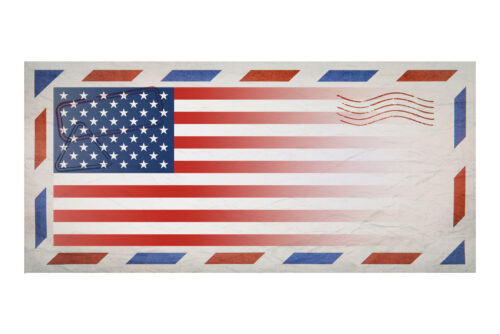Foundation officers are coy—and busy. Here’s how to craft a successful LOI to capture their attention in the brief time that you have.
“Had we but world enough and time,
This coyness, lady, were no crime.”
February 14 approaches: love is in the air, and letters of inquiry are in the mail. And while the LOIs and the meeting request letters we write are only the preliminary stages of wooing, not attempts to “seal the deal”—there is still much we can learn from the directness of Andrew Marvell’s overture to his coy mistress. Listen, I know your time is short: This is what I propose.
To be clear, I am not suggesting that a successful LOI or MRL invokes the prospect of death and decay. But it does demonstrate that you hold your reader’s time in high enough regard that you aren’t going to waste any of it.
To stretch the wooing analogy just a little bit farther: Always remember that your reader (the programs officer or major donor you are addressing) is the beautiful girl with places to go and things to do. You are the accosting stranger, who must quickly prove that you are worth her time and not some untoward weirdo. The letter you send is your one chance to do so.
Keep the dynamics of that rhetorical situation in mind. They demand brevity, clarity, and charm. And that must inform the substance and the style of your letter at every step.
Let’s discuss both in turn.
THE SUBSTANCE OF A SUCCESSFUL LOI
A good LOI respects the scarcity of the reader’s time and attention by making its case clearly and with a minimum of throat clearing. Let me introduce myself. This is what I do. Here’s why I think you should care, and what I’m asking you to do. That’s the opening salvo right there—a couple of short paragraphs, 150-200 words at most. It might be the only part of the letter that gets read, so make sure those elements are perfectly clear.
The body of the letter then briefly lays out the elements of a compelling story: This is the problem and why it matters . . . This is how my organization addresses it . . . This is what your support could accomplish . . . Here are the next steps I’m asking you to take. Strive to avoid the curse of knowledge by making each of those points as concrete and specific as possible.
STYLE POINTS
The style of a good LOI mirrors and serves the substance: Brisk, direct sentences. Concrete subjects and active verbs. In other words, it must be easy to read and easy to understand—because you know that your reader’s time is limited, and because you must quickly prove that you are worthy of their further attention.
Thus you do not mince your words, and you do not indulge in abstraction. (We may tolerate philosophizing when it comes from the ones we love, but seldom do we welcome it from strangers.) At your back you always hear / Time’s winged chariot drawing near.
Brisk must not be confused with brusque, of course. A good LOI must also read as written by one person to one person: personal, in other words, with friendly overtones. But such notes are struck primarily by being direct about the core of your offer: why your work matters, why the reader should care, and what you’d like the reader to do next.
There should be no doubt about any of those things in the reader’s mind, after skimming your two roomy and uncluttered pages. Our time is short, your letter has conveyed, and there are important things we should do together. Let’s schedule a time to discuss getting down to business.
Andrew Marvell would approve.
If you'd like to learn more about submitting successful foundation LOIs, join Iain Bernhoft, along with American Philanthropic founding partner, Jeff Cain, for an "In the Trenches" master class on Thursday, March 11th from 1:00-4:00 Eastern. Register here and use the code CIVILSOCIETY for a 20% discount!







Thoroughly enjoyed this! Finding an article combining one of my favorite poems with a subject I’m trying to learn more about was a great way to start today.